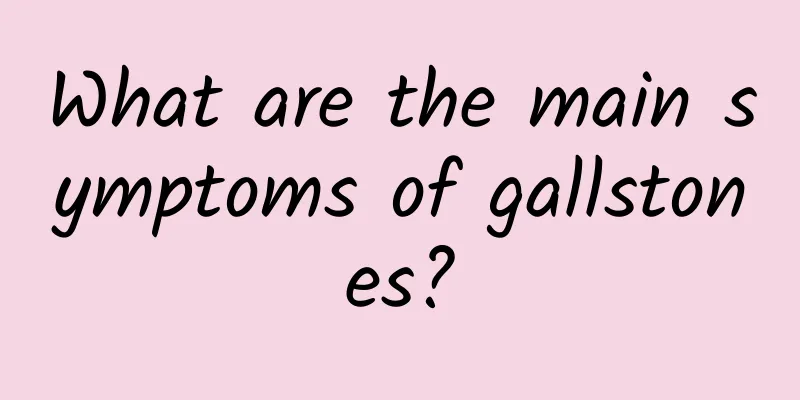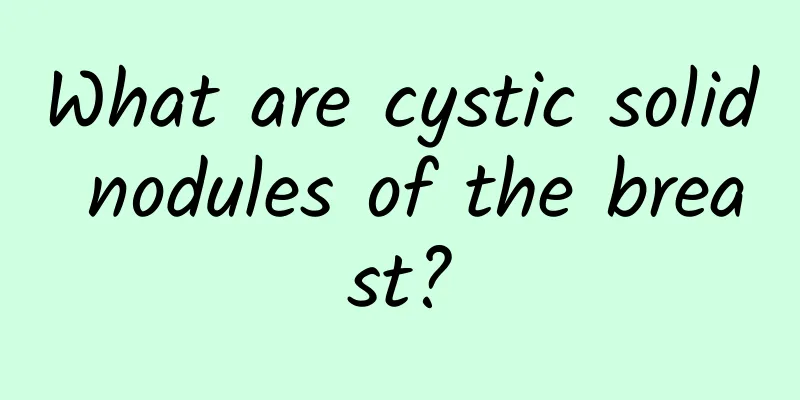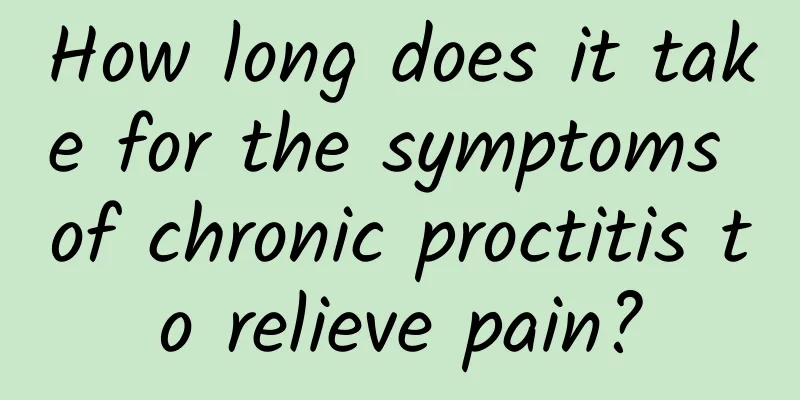What are the main symptoms of gallstones?

|
The main symptoms of gallstones include pain in the right upper abdomen, nausea and vomiting, and jaundice. When these symptoms occur, it is recommended to seek medical attention as soon as possible to avoid worsening of the condition. The symptoms of gallstones can be briefly described as follows: 1. Abdominal pain: This is one of the most common symptoms of gallstones. The pain is usually concentrated in the right upper abdomen and may spread to the shoulder or back. The nature of the pain can be dull or severe cramping, and the duration can range from a few minutes to several hours. Sometimes this pain is aggravated after eating or drinking. 2. Indigestion and nausea: Many patients with gallstones report indigestion after consuming greasy food, accompanied by nausea or vomiting. This may be due to bile duct obstruction, which hinders the normal flow of bile and thus affects digestion. 3. Jaundice: When gallstones block the bile duct, the flow of bile is blocked, resulting in increased bilirubin levels in the blood, which in turn causes the skin and whites of the eyes to turn yellow. This symptom usually indicates that the stone may be located in the common bile duct and requires emergency treatment. 4. Fever and chills: If gallstones cause an infection, such as cholecystitis or cholangitis, the patient may experience systemic symptoms such as fever and chills. You need to see a doctor immediately because the infection may worsen rapidly. Treatment for gallstones depends on the severity of your symptoms and the size and location of the stones. General treatments include: 1. Medication: For patients with small gallstones or those who are at greater risk for surgery, your doctor may prescribe oral medications, such as ursodeoxycholic acid, which can help dissolve cholesterol stones. 2. Minimally invasive surgery: Laparoscopic cholecystectomy is the most common treatment method and is suitable for most patients with gallstones. It is a minimally invasive surgery that is performed by making a few small holes in the abdomen and has a short recovery period. 3. Non-surgical methods: such as shock wave lithotripsy, which is also suitable for certain types of gallstones. This method uses sound waves to break up the stones, making them easier to pass naturally, but its scope of application is limited. For patients with gallstones whose symptoms are not obvious, doctors may adopt a watchful waiting approach, regularly monitoring stone changes and symptoms. In order to reduce the risk of gallstone formation, it is also important to maintain moderate exercise and healthy eating habits. If you experience symptoms such as right upper abdominal pain or indigestion in your life, you should be vigilant and seek medical attention in time to obtain a professional diagnosis and personalized treatment plan. Caring for your own health starts with understanding the symptoms of gallstones. |
<<: Is mupirocin ointment effective for perianal abscesses?
>>: Can children's perianal abscess heal on its own?
Recommend
Does a 2cm gallstone require surgery?
For gallstones up to 2 cm in size, it is usually ...
Can mild anal fistula be treated conservatively?
Minor anal fistulas can be treated conservatively...
How to prevent gallstones
Prevention of gallstones can be achieved by adjus...
What does a breast cyst eventually develop into?
Breast cysts generally do not become malignant, b...
What medicine is effective for perianal abscess
For perianal abscesses, drug treatment usually ca...
How to treat cerebral vasospasm effectively
The treatment of cerebral vasospasm can achieve g...
How to treat kidney stones and what to eat to eliminate them
Kidney stones can be treated with medication, sur...
Treatment of osteomyelitis
Osteomyelitis refers to an inflammatory disease c...
What kind of exercise is better for breast cysts?
Appropriate aerobic exercise and stretching exerc...
Can I drink black soybean milk if I have breast cysts?
Patients with breast cysts can generally drink bl...
How long does psoriatic arthritis last?
Psoriatic arthritis is a relatively rare disease,...
What to do if you have right ureteral stones
What should I do if I have right ureteral stones?...
Symptoms of high perianal abscess
A high perianal abscess is a serious infection th...
What are the symptoms of inflammatory arthritis
The main symptoms of inflammatory arthritis inclu...
Dietary taboos after anal abscess surgery
Dietary conditioning after anal abscess surgery i...









